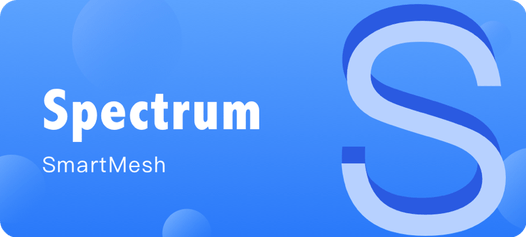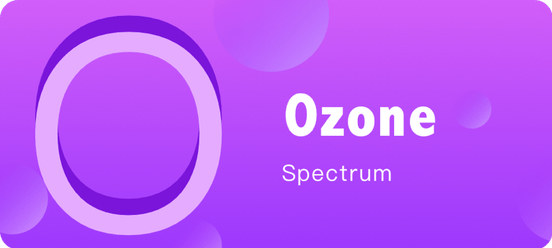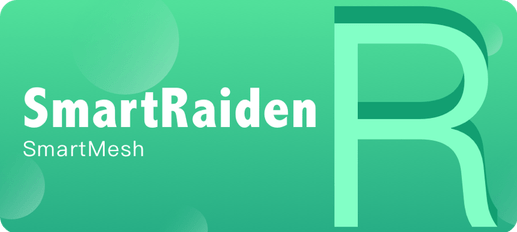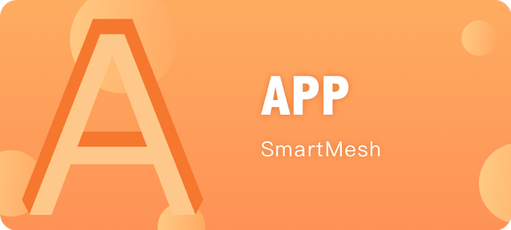SmartMesh, born in 2017, is the world’s first blockchain-based underlying protocol of the Internet of Things, which allows smart phones and other devices to connect to each other without access to the Internet.
SmartMesh can form an elastic, decentralized, self-repairing blockchain-based Mesh networks, which provide higher near-field speeds and bandwidth than the Internet.
Now, the SmartMesh ecosystem is attracting more and more attention on a weekly basis as people watch the crypto-blockchain trajectory soar from its inception as nothing more than a whitepaper written by someone claiming the identity of Satoshi Nakamoto, up past the dizzying heights of $20,000USD:1BTC all the way to the present, where the future looking SmartMesh Project is set to land the Blockchain 4.0 Internet of Value beyond the borders of the internet, covering the world with connectivity.
Those who see this, truly see great possibility becoming reality.
Let’s look at the latest details of this red-hot action.
Technical Developments
Spectrum

Some blockchain projects have their own public chains, but there is absolutely no public chain that functions like Spectrum. That’s because Spectrum is not just an average blockchain, in fact it carries the whole SmartMesh ecosystem on its back.
Therefore, Spectrum is well protected, and the public chain team monitors it around the clock to ensure its safe and stable operation. In order to make the public chain run better, the public chain team has also studied optimization schemes to improve Spectrum’s performance and has been running tests in the test network with excellent results.
Specific details are as follows:
1. Continued testing Spectrum optimization in the test network.
2. Solved an abnormal situation with miner threads.
3. Debugged the storage state section of the ether workshop.
4. Fully monitored Spectrum’s operations and record operational data.
5. Spectrum future function simulation, full system architecture delineation.

The public chain team is also working hard to bring a better Ozone experience to all users. The Ozone 0.4.0 version is a step above the previous version and a new logo has been designed to accompany it. Meanwhile, all this improvement has motivated people to start using Ozone to manage smart contracts, laying the foundation for the next stage which is DApp collaborative developments.
Here are all the details:
1. Adjusted one section of the Ozone UI.
2. Tracked and analyzed the anomalies that have a small probability of occurring within Ozone.
3. Studied the functionality of the new version of Mist.
4. Smart contract management function optimization.
5. Designed the Ozone icon and logo.
Ozone icon, signifying that Ozone is the entrance to the public chain
SmartRaiden

Just as last week, the focus of the SmartRaiden team this week was on the design of a new version of the SmartRaiden contract, the business logic message, and the process design. These are hefty tasks that require a lot of work and dedication.
The specific details are as follows:
1. Some new functions have been added to the new version of SmartRaiden on the basis of the 0.3 edition. According to the contract design team, the business logic has been adjusted quite a bit, new messages and corresponding processes such as AnnounceDisposed/Withdraw have been added, and the original message format and process have been restructured.
2. Analyzed SmartRaiden 0.3 Version and Third-party Service 1 Version Release related resources and documents, completed the primary functional description of SmartRaiden 0.3 Overview, and completed the SmartRaiden Developer site (conventional API and third-party service) guide, as well as completed the 0.3 Version of the Spectrum test chain for the use of the Release Version and other details.
3. The new version of the contract design has been standardized to ensure that the contract is written in a logical manner and meets with compliance.
4. Made fine-tuned adjustments to other technical functions.
SmartMesh APP

The eagerly awaited “Red Envelope” functionality of the app is still under development but coming soon. While that is still ongoing, the app team found room for improvement in other areas and set right in to making optimizations.
The specific work is as follows:
1. Token based “Red Envelope” functionality continues development.
2. Part of the function page has been optimized ensuring its smooth operation.
3. Optimized the local contact and server synchronization functionality.
Market Action

This week, the main tasks of the marketing team revolved around FCoin exchange docking, market exploration, and the second phase of training in the Chinese market.
The specific details are as follows:
1. Through the efforts of the Marketing Team, SMT has successfully launched on the FCoin exchange, which is the seventh exchange which SMT has been listed on following Huobi, Gate, OKex, CEX, HitBTC, and YoBit.
2. Mr. Kraken Yu, Vice-President of SmartMesh Global Engineering, attended the DAppCon Non-profit Global Developers Conference and had exchanges with the German Raiden Network team.

3. The second phase of SmartMesh training is continuing this week. Every morning, members of the Marketing Team will gather the candidates in the recruiting group. During this time, they will be assessed and the final results will be published on July 25, 2018.
4. The marketing team continues to push multi-lingual SmartMesh articles across the globe in English, Chinese, Russian, Japanese, Korean and Arabic.
The marketing team also answered questions raised by people in a value sharing meeting held last week. Here are some of them:
What is the relationship between SmartMesh and MeshBox?
Answer:
MeshBox is a key component of SmartMesh Ecosystem and the primary hardware of next generation of blockchain-based networks. MeshBox provides network nodes for SmartMesh, and has functionality for distributed storage, network sharing and so on.
What are the use cases of SmartMesh?
Answer:
Off network payments: on inaccessible islands or other places without network access, SmartMesh can achieve point to point connections, and form a grid network. At this time, smart devices, mobile phones, vehicle mounted equipment and so on can be nodes, allowing payments to be completed without network access.
Off network communication: for example, in countries with poor network infrastructure, where there is no network signal, and people cannot communicate with each other except in person. If a disaster occurs, it is difficult or impossible to contact anyone. Considering these extreme environments, how can we send out distress messages beyond a disaster area without any signal? From a birds eye view perspective, there are billions of people in the world who do not have adequate network access and cannot communicate except in person. But just because there is no Internet, that does not mean we cannot connect and communicate. One of the use cases of SmartMesh is to solve this problem. As long as a mobile phone is equipped with the SmartMesh APP, it can connect to form a Mesh network.
Network congestion: even if there is a network, network congestion can stifle or kill all communication. In addition, wild areas, tunnels, aircrafts and in other situations, there is often no network signal, but there are still communication needs. Once again, SmartMesh can offer better transmission speeds and the communication quality of the network will be much higher. It’s a perfect solution to the problem of network congestion.
What is the SMT incentive mechanism in the Spectrum public chain?
Answer: The SMT token can be used as a reward from the user when providing a Lightning channel (the Lightning channel is used as an intermediate forwarding node) and a package for a public chain transaction.
How can SmartMesh connect a network through a satellite?
Answer: SmartMesh and MeshBox combine their networks with satellite connectivity to achieve integrated networking. First, it is impossible for a mobile phone to communicate directly with a satellite, it requires MeshBox to be present to send bi-directional messages. The mobile phone is connected to the MeshBox by the App working on the SmartMesh free communication protocol, and they connect with each other to form a mesh network.
The combination of MeshBox, SmartMesh, satellites, and smart phones will play an integral role in the future of global networking paving the way for a completely connected world, and beyond!
Thanks for reading again, and please tune in next week to continue following the lightning speed trajectory of the SmartMesh project into the Blockchain 4.0 future of world connectivity. See you then!